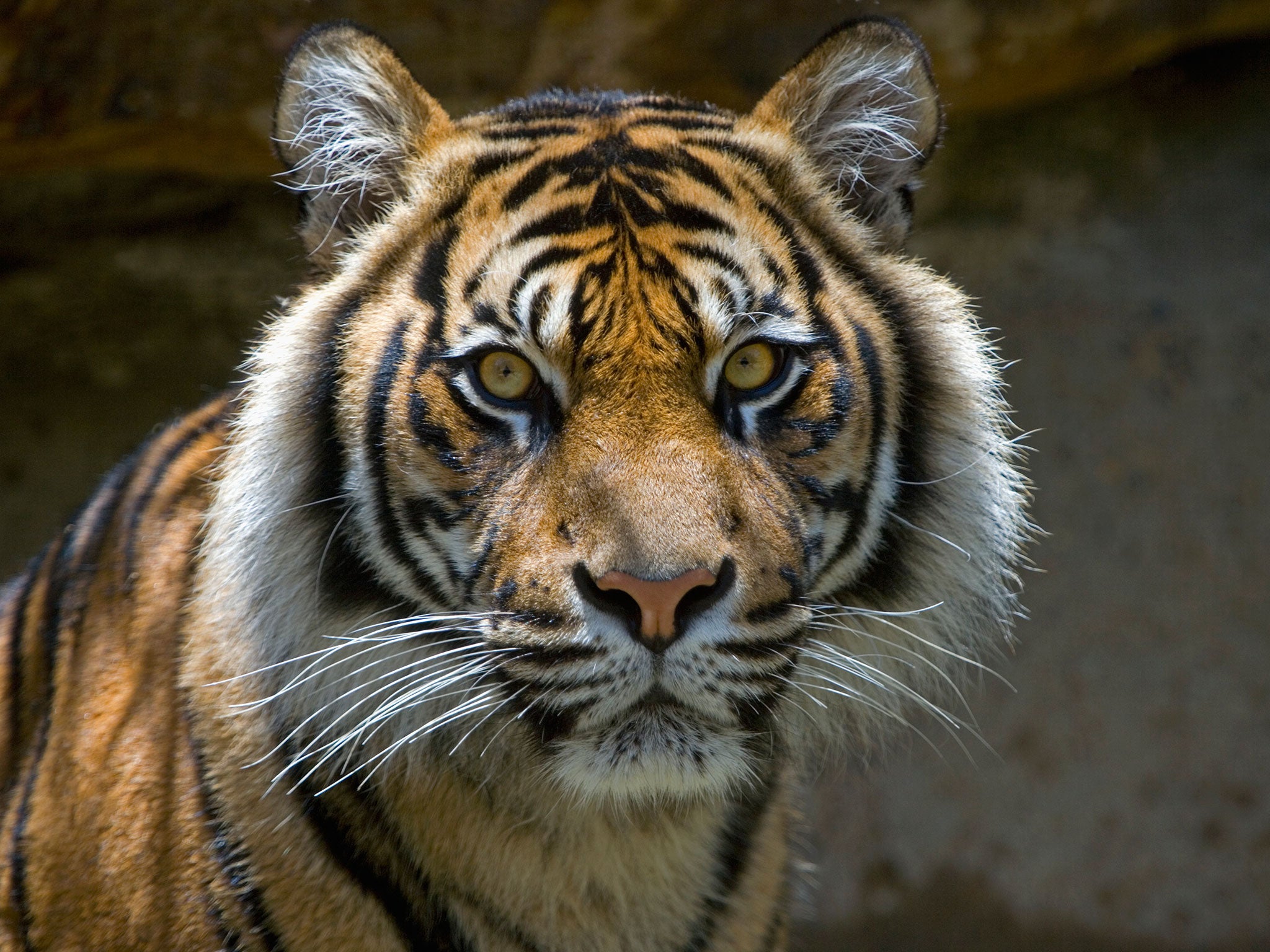Save the tiger: 7 saddening facts about the extinction of Javan tigers

Your support helps us to tell the story
From reproductive rights to climate change to Big Tech, The Independent is on the ground when the story is developing. Whether it's investigating the financials of Elon Musk's pro-Trump PAC or producing our latest documentary, 'The A Word', which shines a light on the American women fighting for reproductive rights, we know how important it is to parse out the facts from the messaging.
At such a critical moment in US history, we need reporters on the ground. Your donation allows us to keep sending journalists to speak to both sides of the story.
The Independent is trusted by Americans across the entire political spectrum. And unlike many other quality news outlets, we choose not to lock Americans out of our reporting and analysis with paywalls. We believe quality journalism should be available to everyone, paid for by those who can afford it.
Your support makes all the difference.1. Javan tigers were slightly smaller than their mainland cousins but were renowned for their especially long whiskers.
2. The Javan tiger was quite similar in appearance to the still existing Sumatran tiger, but had darker and more numerous black stripes.
3. The major cause of this animal’s extinction was deforestation.
4. In 1938, natural forest covered 23 per cent of the island of Java.
5. By 1975, only 8 per cent of the forest remained. In this time, the human population had increased to 85 million people.
6. Rusa deer, the tiger's most important prey species, were lost to disease in several reserves and forests during the 1960s.
7. Rumoured sightings of the tigers persist to this day but unfortunately this creature is now considered officially extinct.
Although it’s too late for this beautiful animal, you can help save other tigers by donating to WWF here.
Or to keep up to date with the latest conservation news check out the following links:
Sources: WWF, Tilson, 'Tigers of the World' (1987)
Join our commenting forum
Join thought-provoking conversations, follow other Independent readers and see their replies
Comments